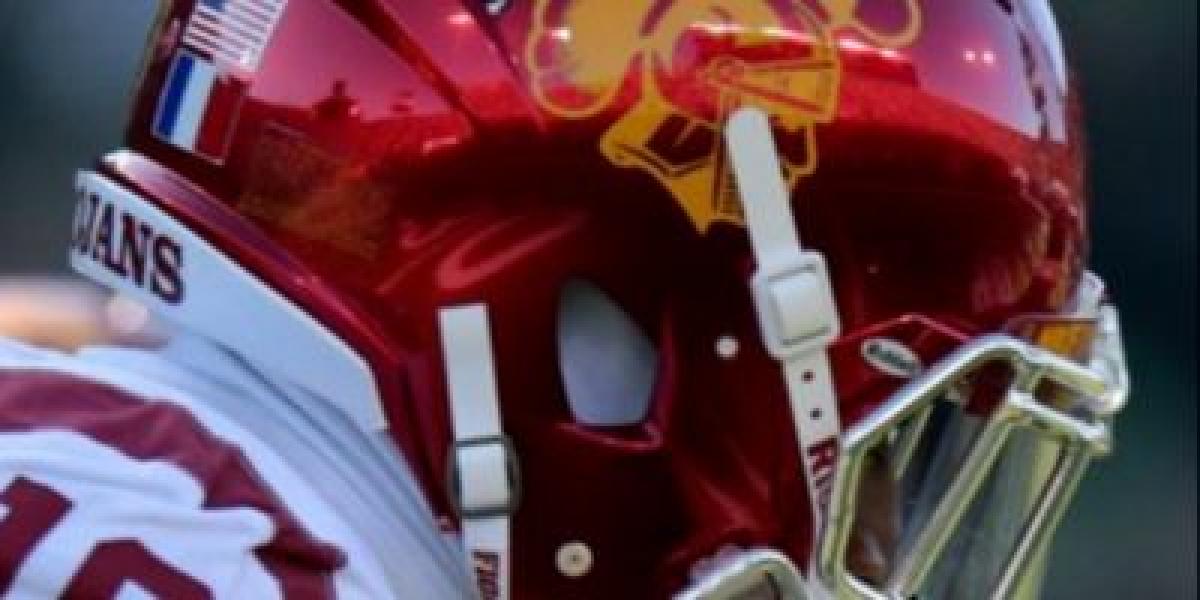The Early Years (1888-1930s): The Dawn of Head Protection
In the early days of USC football (1888-1930s), head protection was a rudimentary affair. Players often wore simple leather helmets, primarily designed to prevent scalp injuries. These helmets lacked any sort of design or branding, focusing solely on functionality.
The Rise of the Single Bar (1930s-1940s): A Touch of Identity
The 1930s saw the introduction of the first true USC Trojans helmet design. A single, horizontal white stripe was painted across the leather crown, marking the initial attempt to incorporate the team's identity into the headwear. This simple design remained in use for over a decade, offering a glimpse of the Trojans' branding to emerge in later years.
The Era of Experimentation (1940s-1960s): Material and Design Shifts
The mid-20th century witnessed a period of experimentation for the USC Trojans helmet. Leather helmets were gradually phased out in favor of more protective materials like plastic. Design-wise, the Trojans explored various iterations. They briefly used a two-stripe design before settling on a single, wider cardinal red stripe in the 1950s. This era also saw the introduction of a white facemask, adding a touch of modernity to the helmet's overall look.
The Birth of the Trojan Helmet (1960s-1970s): A Trojan Warrior Emerges
The 1960s marked a pivotal moment in USC Trojans helmet history. Inspired by the growing popularity of helmet decals in college football, USC introduced a revolutionary design. A white Trojan warrior helmet, a simplified version of their logo, adorned the side of the helmet. This iconic image, instantly recognizable and synonymous with the Trojans, cemented its place as a permanent fixture.
Today that crimson glossy helmet with he iconic Trojan emblem in gold is a staple of recognition in Southern Cal lore.




